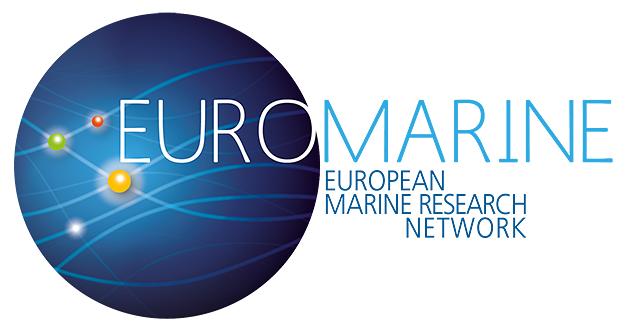Certain species of marine and freshwater algae form intense proliferations and powerful toxins that threaten human health, marine wildlife, and commercial fish and shellfish. These harmful algal blooms (HABs) are a global problem, in many cases exacerbated by climate change and other anthropogenic stresses like degraded coastal water quality. The impact of HABs stretches across many economic sectors, from fishing and aquaculture, to tourism, to subsistence harvest and food security.
The typical HAB is a regional- or local-scale phenomenon, a “perfect storm” of environmental conditions, ocean transport and mixing patterns, and microbial ecology. Because of this complexity, prediction of HABs is a grand challenge that requires multidisciplinary dialogue among physical scientists, biologists, computer modellers, and technologists, as well as community stakeholders and the government and industry end-users of prediction systems.
This 4-day workshop will combine oral and poster presentations, round-table discussions, and tutorials in order to 1) increase awareness of the range of modelling and observational tools that are in our community toolbox (or should be); 2) help the HAB community speak with one voice regarding climate-change impacts on the global ocean; and 3) help scientists and technologists develop creative approaches to meeting the needs of coastal communities, governments, and industry worldwide.
A companion webinar series is running monthly during the second half of 2021: please see http://globalhab.info/activities/globalhab-activities for information and free registration.
The workshop is supported by GlobalHAB, NOAA’s National Centers for Coastal Ocean Science (NCCOS) Competitive Research Program (CRP), NOAA’s Integrated Ocean Observing System (IOOS), and EuroMarine.



